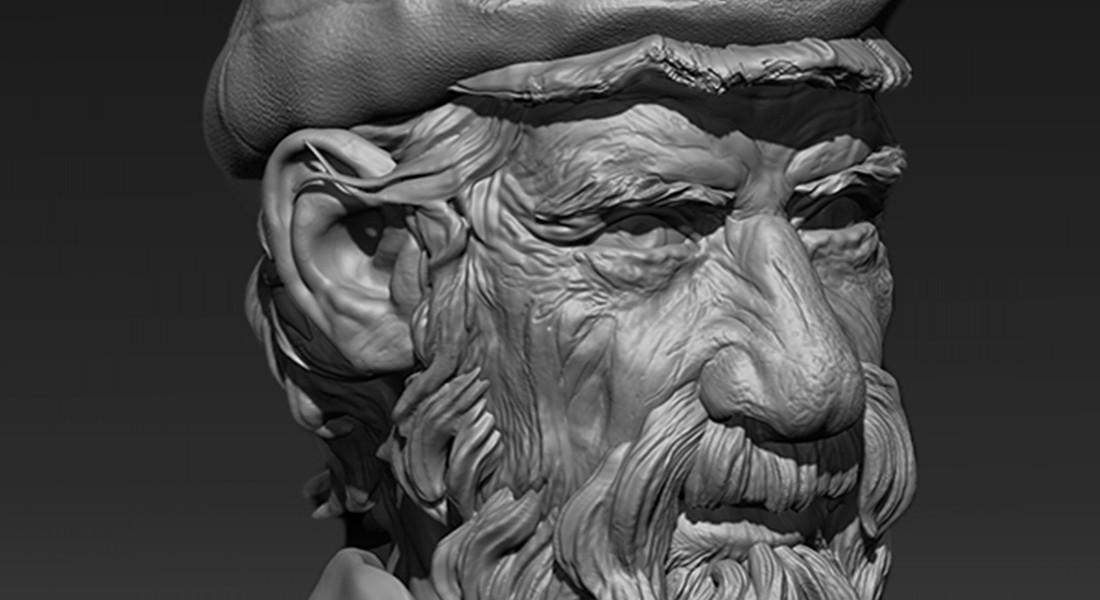Video games are also art
The appearance of a game affects the user experience
Video games are a big deal to Canadians, but why should players pause to take in the artistic elements?
In 2016, the Entertainment Software Association of Canada published that 52 per cent of Canadians are gamers (defined as having played a game in the last four weeks). This means 18.8 million Canadians were playing video games.
The Canadian video game industry employs some 20,400 people. One of those Canadians is a Winnipeg resident named Sara Wilde, who is a concept artist and 3D generalist with Evodant Interactive.
“The look and feel of a game have a huge impact on gameplay,” she says.
“People respond so much both consciously and unconsciously to all sorts of visual cues, be it colour, lighting, the movement of a character or anything else that a skillful art team can harness to stir up feelings in their viewer.”
James Podaima, who has been playing video games as long as he can remember, agrees that the details in the appearance of a game make a huge difference to players.
“Flavour and small detail make my experience better,” he says. “Since I play more role-playing games than fast-paced racers and shooters, I take my time to appreciate the small details of the world I’m playing in.”
In her day job, Wilde typically works under an art director or game designer. The number of people involved in creating a game can vary greatly, she says.
Despite this, it’s a very collaborative process to create an entire world. They must answer questions like who lives in the world, what era it’s based off and what the characters will look like. Each of these elements are very important to game designers and artists.
For personal projects, Wilde’s process is a little different.
“I find the golden rule is always to start with a solid idea or story and build up from that,” she says. “It’s a really amazing and intense process. You start with nothing, a white sheet of paper, and build up from there. You have a lot of questions to consider when creating a world from scratch.”
As the project progresses, she says, sometimes new ideas present themselves and sometimes other ideas are discarded. Time, budget and resources must be taken into consideration for what’s possible.
“Although they’re not always thought of in these terms,” she says, “video games are often super complex works of art. I would encourage everyone the next time they play a game to really take the time to look at all the work that goes into building these amazing products.”
Podaima agrees.
“Take the time to read the small print on random posters pasted on walls, and you find all sorts of gems,” he says.
Some games are better than others for the detail, he says. First-person shooter games are very fast-paced and not as ideal for him to enjoy the world of the game.
Published in Volume 71, Number 23 of The Uniter (March 9, 2017)







